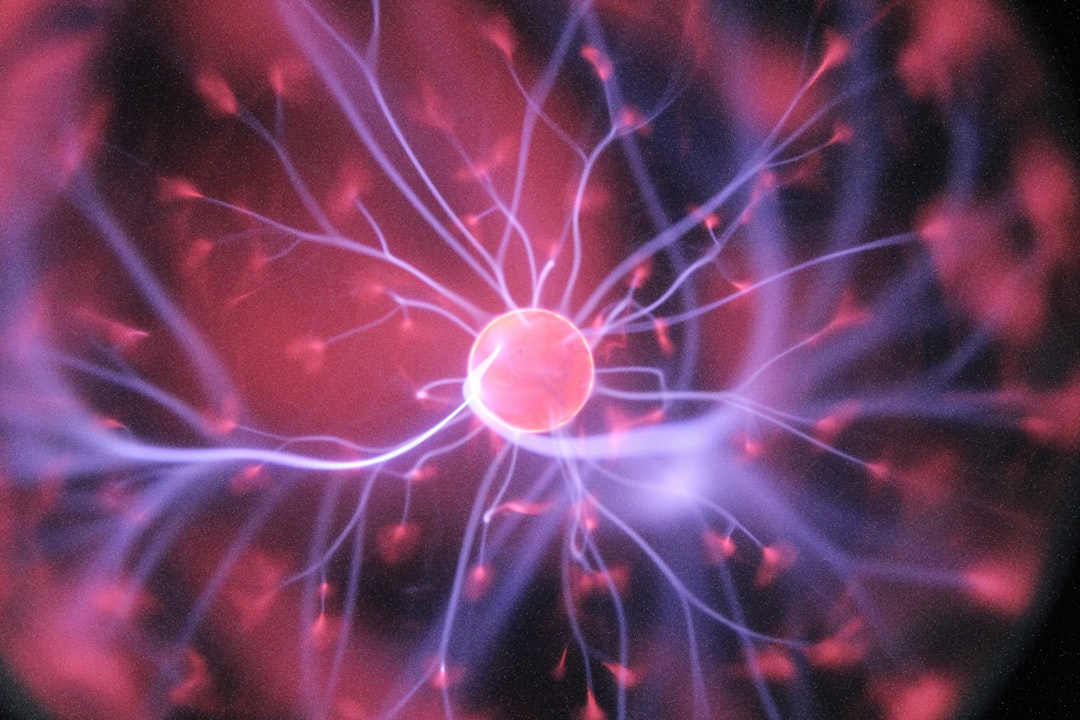What is it about?
The center of every galaxy contains a very massive black hole. The hole's mass is observed to correlate very closely with the structure of the galaxy on scales far larger than the hole's gravity could possibly influence. We show that this surprising connection between small and large scales results from the huge amount of energy released as gas falls into a black hole and grows its mass. Some of this energy emerges as powerful high-speed gas outflows which react back on the galaxy. As the hole mass grows, the reaction eventually becomes strong enough to overcome the gravity of the galaxy and drive away the gas which would feed further black hole growth. The hole's mass is fixed at a value determined by the large-scale structure of its host galaxy.
Featured Image
Why is it important?
The connections between galaxy structure and the mass of the central black hole are fundamental to understanding how the structures in the Universe (stars, galaxies, clusters of galaxies) came to be as we observe them.
Perspectives
My interest in this subject started when my co-author showed me X-ray observations strongly suggesting the presence of powerful outflows of gas from the nuclei of active galaxies. It was immediately clear that such outflows must have a major effect on the host galaxy if they were at all common. Their striking properties suggested a very tight relation between black hole mass and the large-scale structure of the host galaxy which turned out to agree closely with observations. Further work has revealed many of the other connections implicit in this result, such as the gradual evolution of the way the outflows interact with the interstellar gas of the host. These begin as very small-scale, but ultimately sweep the host clear of gas in large-scale, high-speed molecular outflows.
Professor Andrew King
Department of Physics and Astronomy, University of Leicester
My research career began in the 1960s building space-borne instruments to study x-ray emission from the solar corona. The Ariel 5 satellite (1974-78) broadened the horizons of the Leicester X-ray astronomy group, with our discovery that many external galaxies are powerful x-ray sources, and subsequently using observations with ESA's EXOSAT spacecraft (1983-86) to show the x-radiation was due to accretion onto a supermassive black hole. That discovery began a long personal interest in the study of SMBH, and how their intense gravity and binding energy affects the host galaxy.
Professor Ken Pounds
University of Leicester
Read the Original
This page is a summary of: Powerful Outflows and Feedback from Active Galactic Nuclei, Annual Review of Astronomy and Astrophysics, August 2015, Annual Reviews,
DOI: 10.1146/annurev-astro-082214-122316.
You can read the full text:
Contributors
The following have contributed to this page










